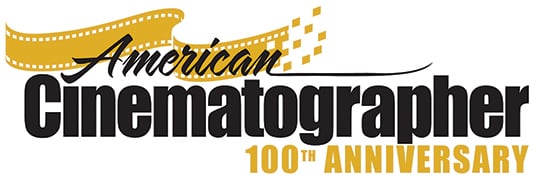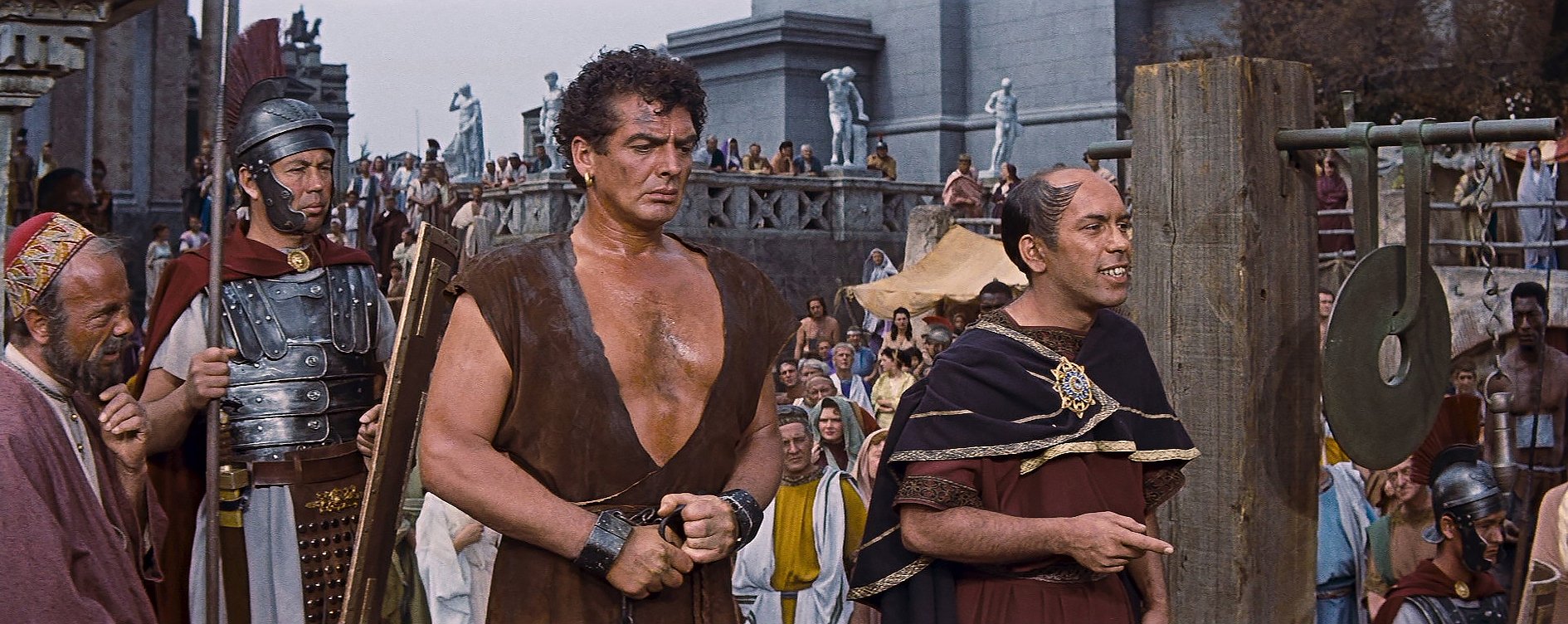
Scale and Spectacle: AC In the 1950s
As theatrical motion pictures faced off with broadcast TV in the 1950s, American Cinematographer covered the surge in new formats.
The 1950s was an era of profound insecurity and restructuring in the American film industry. Beginning in the postwar years, plummeting box-office revenue, labor conflicts, a federal antitrust suit, House Un-American Activities Committee investigations, and the rise of television combined to force the industry into a defensive position that played out via dramatic changes over the next decade.
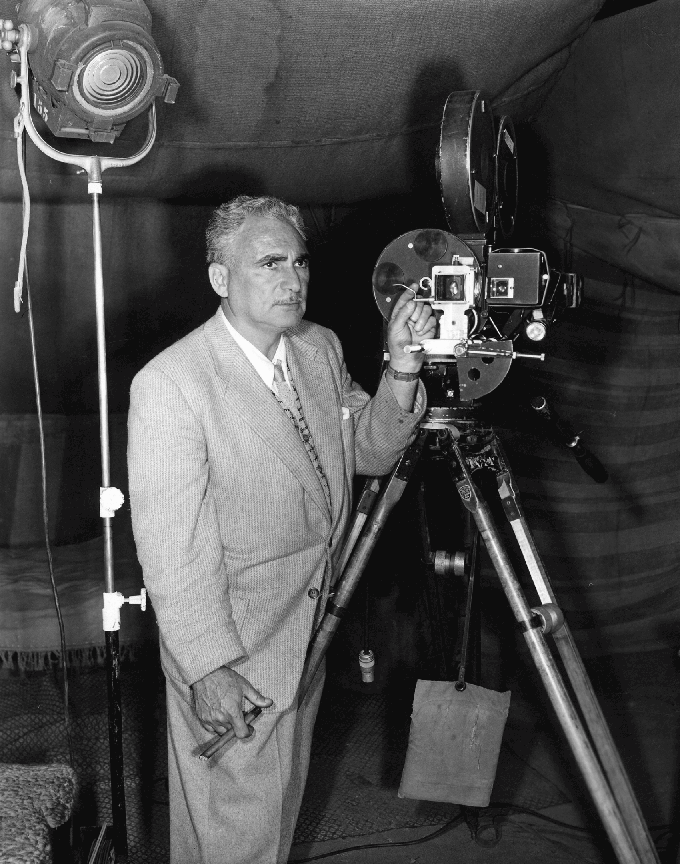
The most exciting of these changes involved experimentation with new technologies. Widescreen, large formats, stereophonic sound, 3D and drive-ins all promised audiences a bigger and more immersive movie-going experience. The 1950s were stressful times for Hollywood executives, but, as captured in the pages of American Cinematographer, the decade presented new opportunities, both creatively and financially, for the industry’s cinematographers.
Most of the challenges and changes to the industry actually began in the late 1930s but were placed on hold during the war years. No sooner had the war ended than the U.S. Justice Department resumed an anti-trust case against the major studios (U.S. v. Paramount Pictures, et al.), and in March of 1948, the Supreme Court decreed that the studios would have to sell off their theater chains. The intention was to create more favorable conditions for independent exhibitors, but in effect, exhibition became a buyers’ market in which each film posed a greater financial risk to the producing company.
Meanwhile, the spread of TV broadcasting commenced in earnest. The major Hollywood studios were poised to enter into this new medium, but the Federal Communications Commission, noting that these companies were already being sued by the U.S. government for monopolistic business practices, declined their applications for broadcasting licenses. The timing could not have been worse. Although 1946 was a peak year for domestic box office, a precipitous decline began the following year as more and more Americans decamped from urban centers to suburban homes in which TV was the more convenient form of entertainment.

As the 1950s began, studios were making fewer but more-expensive films, and innovative technology became a core strategy to get audiences back into theaters. Spectacular imagery and sound, it was believed, would dramatically differentiate the cinema experience from the black-and-white boxed image in the living room. To coordinate and facilitate technological development for the industry as a whole, the Association of Motion Picture Producers launched a pan-studio, noncommercial research laboratory, the Motion Picture Research Council, in 1948. ASC cinematographers served key roles in MPRC activities, and MPRC articles appeared in AC [1]. This centralization of the industry’s technical program empowered Hollywood’s technical workforce to rapidly adopt and adapt numerous technologies throughout the 1950s.
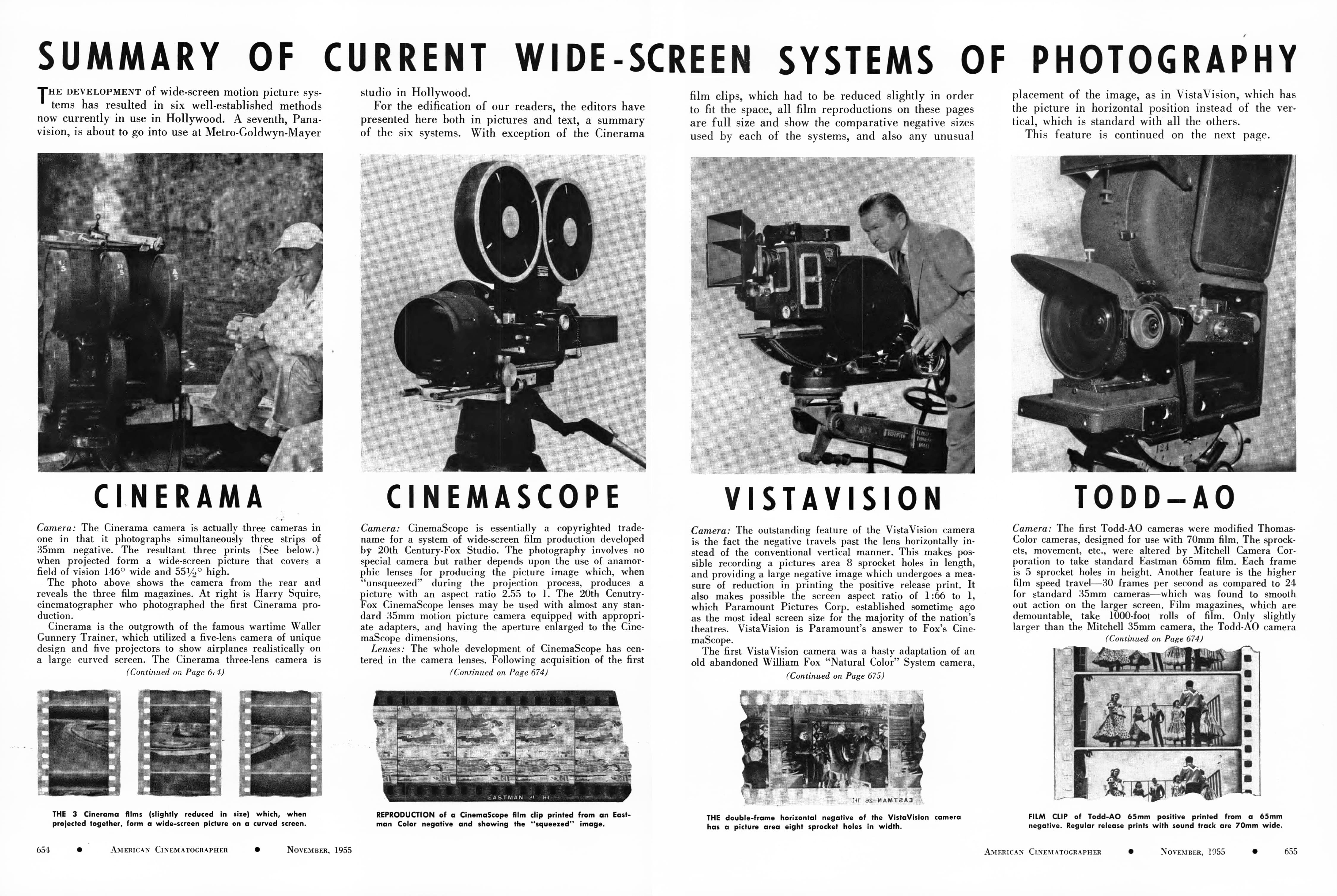
One of the most radical technologies to come to the fore was 3D cinema. In 1951, the Telecinema exhibit at the Festival of Britain brought stereoscopic motion pictures to widespread attention and prompted a flurry of articles in trade journals. Stereoscopy pioneer John Norling described the situation in AC in early 1952:
“That the motion-picture industry could use something to combat television’s capture of more and more of the theater audience is undeniable. Stereo movies might well induce people to return to their former favorite amusement. But the return is likely to come about in mass [sic] only if the film theater gives them something they can’t get on a 17-inch TV tube, namely the ultimate in photographic realism, the stereoscopic movie in full color, with all dramatic possibilities that are only waiting to be appreciated.” [2]
The format did experience some initial success, [3] but by the time Hondo, Dial M for Murder (both shot by Robert Burks, ASC) and Kiss Me Kate (shot by Charles Rosher, ASC) — which showed remarkably expressive and inventive uses of space — were released in late 1953 and early 1954, most exhibitors had soured on the expense and hassle of 3D.
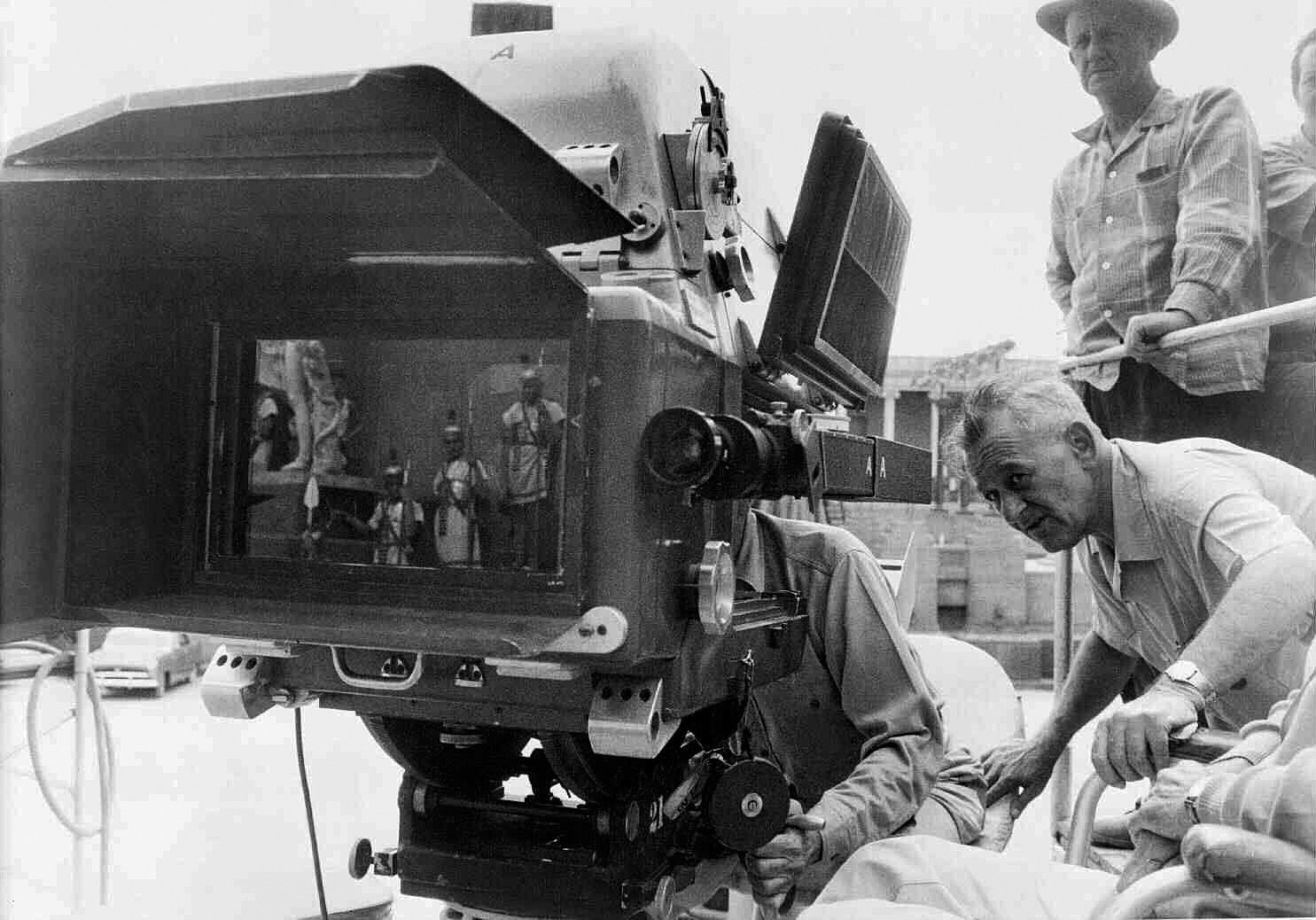
A more lasting technological change came in the form of widescreen formats. By 1955, AC could report six “well-established methods” for achieving widescreen imagery. The first to debut was filmmaker/inventor Fred Waller’s three-camera panoramic system, Cinerama, which opened in New York in late 1952 and became a long-running success. It was the “outgrowth of the famous wartime Waller Gunnery Trainer, which utilized a five-lens camera of unique design and five projectors to show airplanes realistically on a large curved screen.” [4]
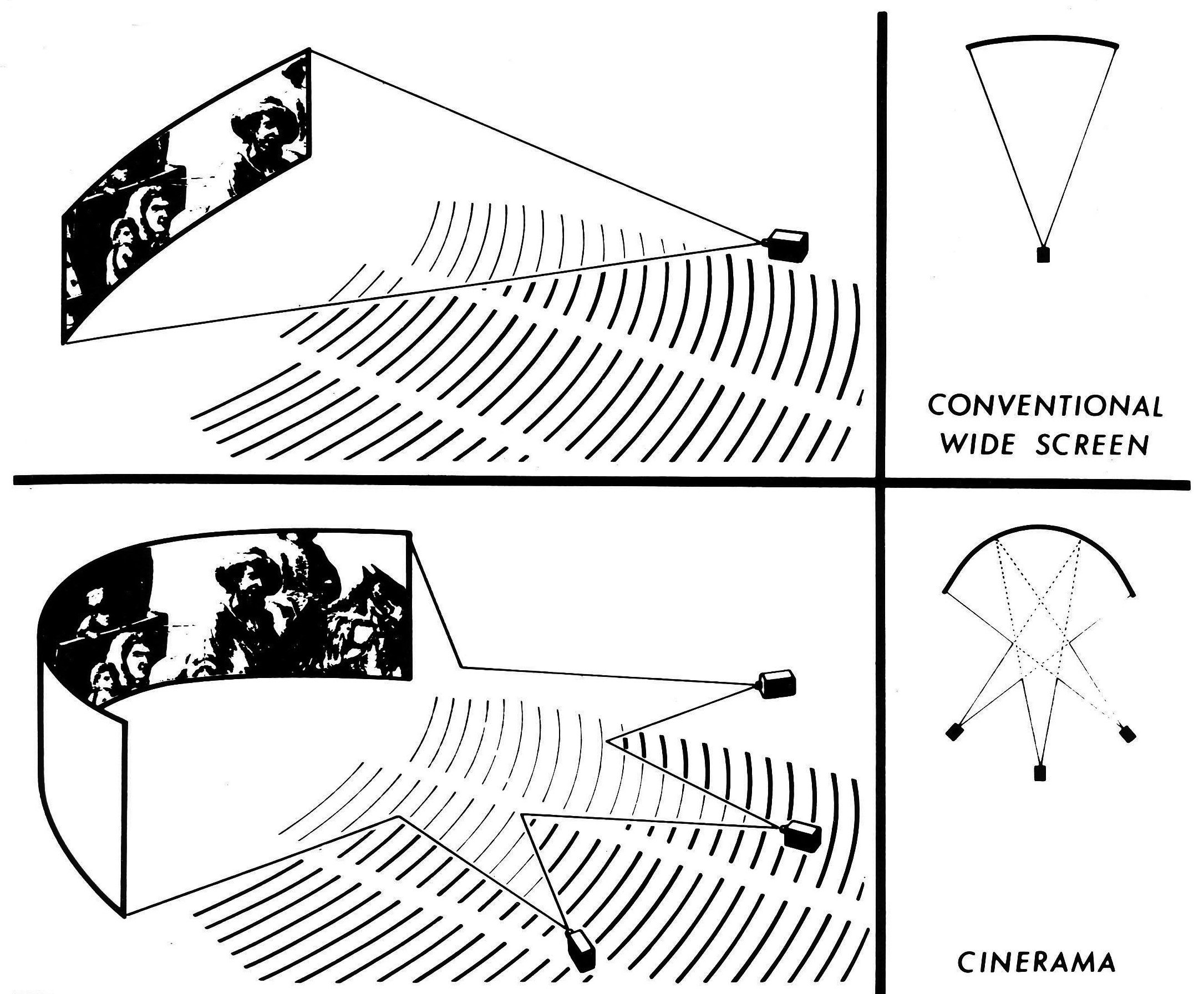
Because Cinerama required three tandem cameras, three tandem projectors and an enormous curved screen, it ultimately proved too unwieldy and expensive for widespread use. Nonetheless, its popularity — and indeed, that of 3D exhibition — indicated that the public would turn out for a more spectacular theatrical experience.

Earl Sponable, head of research at Fox, was tasked with coming up with a viable alternative. Assisted by Sol Halprin, ASC, Fox’s executive director of photography, Sponable developed CinemaScope from a 1920s system by French inventor Professor Henri Chrétien. With elegant simplicity, Chrétien’s anamorphic hypergonar lens “squeezed” a wide image (2.35-2.66:1) onto a regular 35mm (1.33:1) negative, which would then be expanded back out to its wider dimensions via a complementary anamorphic attachment affixed to the projector. [5]
Fox’s CinemaScope debuted with The Robe in September of 1953. Heralded by Bob Mintz in the pages of AC as “a new horizon in motion-picture technique … the greatest development since the introduction of sound,” [6] the process was rapidly adopted across the industry thanks to its relative ease of use on both the production and exhibition sides. The new wide horizontal frame called for new photographic techniques, e.g., fewer cuts and longer takes. [7] Close-ups were a particular challenge, as the first generation of CinemaScope lenses made actors in close-up appear to have “mumps.” Even after this was corrected, there was the challenge of using all that horizontal space effectively. George Folsey, ASC described this challenge and the solution he devised on MGM’s Seven Brides for Seven Brothers:
“ … the CinemaScope area in the camera finder loomed as empty as the Rose Bowl on January 2nd when setting up for close-ups or medium shots of the individual couples. Here the compositional and lighting problems were to make unobtrusive, without being obvious about it, those parts of the wide CinemaScope picture area left open when action was concentrated in the middle of the screen. The solution was in strategic placement of kickers and sidelights. ...” [8]
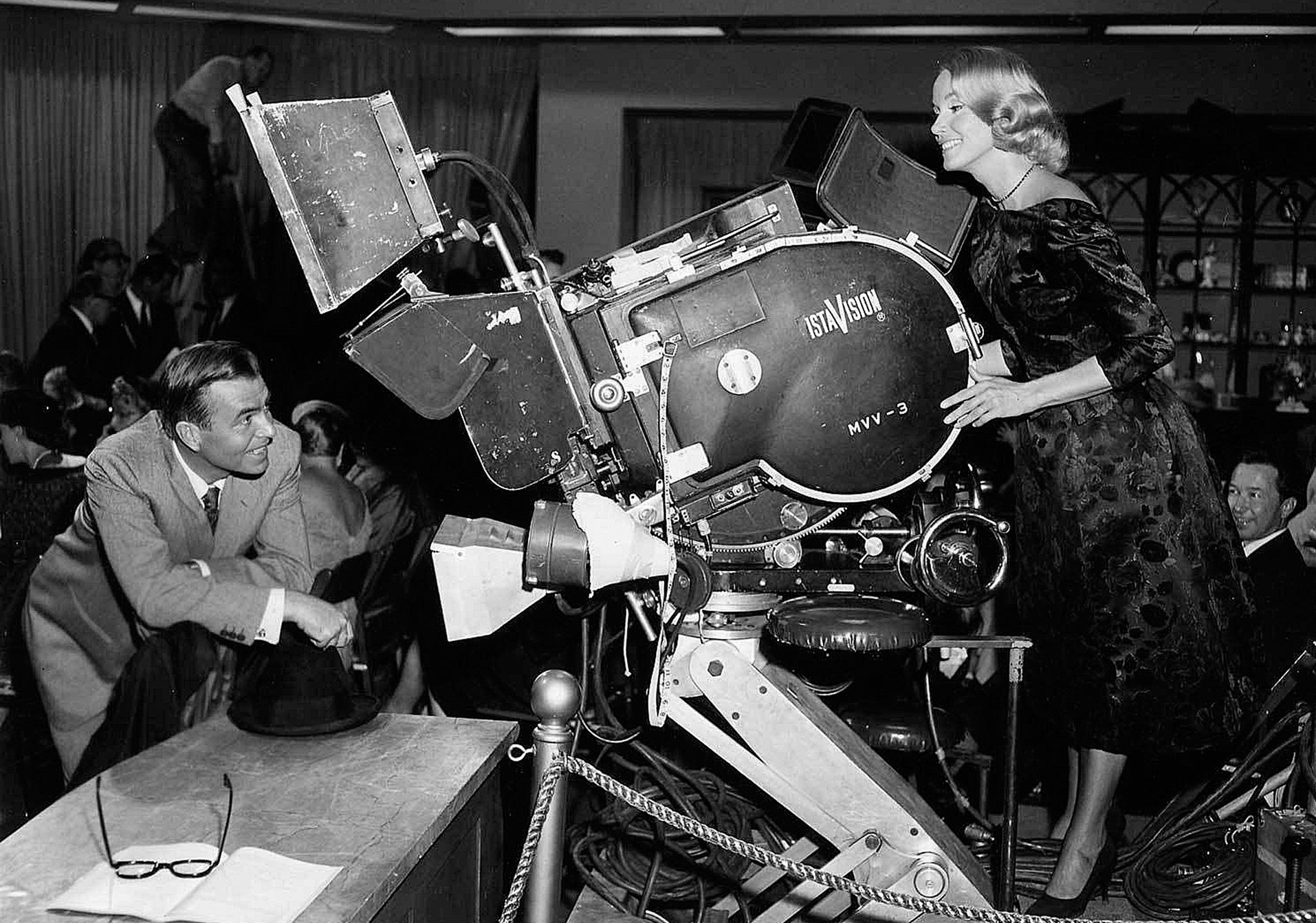
Other popular widescreen systems of the early 1950s were Paramount’s VistaVision, which achieved a larger image (1.66:1) by running 35mm film horizontally; Todd-AO, which utilized 65mm film running at 30 fps; Fox’s T.F.C. 4X-55 MM, essentially a 55mm version of CinemaScope; and Superscope, an anamorphic process in which “the squeezing of the image is done in the laboratory, after the negative is shot.” [9]
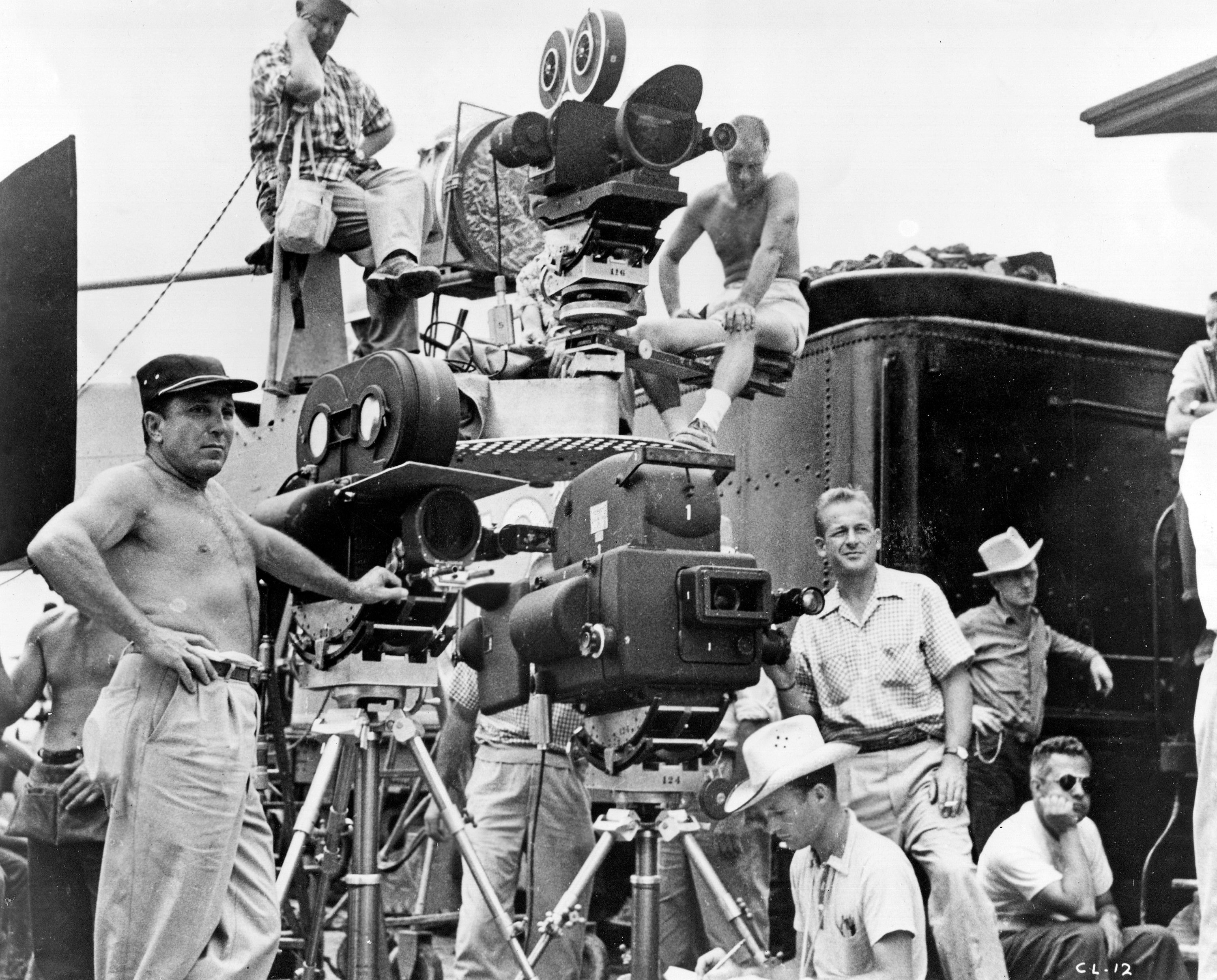
As the decade progressed, new systems involving combinations of matting, anamorphic lenses and large-format film expanded upon these systems, e.g., MGM Camera 65 and Super Panavision 70. Each of these systems had advantages and drawbacks, and cinematographers shared their experience and expertise in the pages of AC. For example, Lee Garmes, ASC enthused over the Panavision 65 camera, which gave him “sharp, clear and incisive” photography for The Big Fisherman in 1959. [10]
The Screen Actors Guild and Writers Guild of America strikes of early 1960 led to the dismantling of the Motion Picture Research Council, and the momentum of Hollywood’s technological advancement slowed as Old Hollywood gave way to New Hollywood. Once the studios no longer had a direct investment in technological development, industry-wide, coordinated advancement was no longer assured, and R&D was largely left to manufacturers. Nonetheless, the technologies of the 1950s continued to be refined well into the next decade, and cinematographers continued to explore the aesthetic possibilities they afforded.
![While the decrease in Hollywood feature-film production led to a drop in studio employment, the rise in TV production was actually a boon for experienced Hollywood cinematographers. By the spring of 1953, AC was able to report that “an average of 35 cinematographers each week were shooting TV films in Hollywood” — adding, “It has been a long time since there have been that many cameramen working simultaneously in feature-film production.” The employment of ASC cinematographers dramatically improved televisual style as the new medium shifted from live broadcasts to filmed programming. In January 1952, Leigh Allen proclaimed, “Major film producers could take a lesson from” Desilu, in an article profiling the streamlined production process of I Love Lucy and the contributions of Karl Freund, ASC in innovating the method of filming with three cameras before a live studio audience. [12]](/imager/uploads/89280/AC-1950s-AC0152-p22_6c0c164bd2b597ee32b68b8b5755bd2e.jpg)
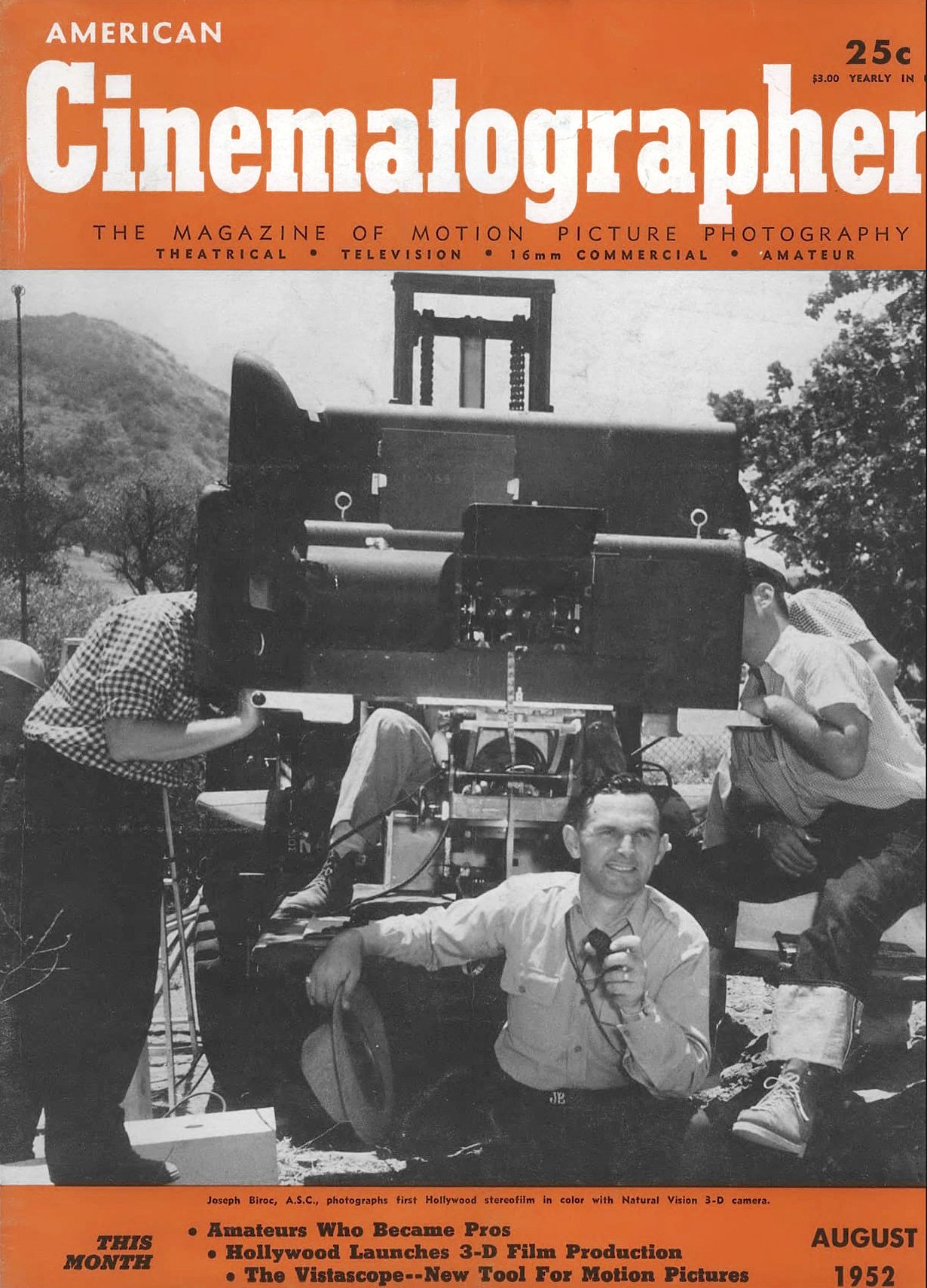
Articles Referenced
- See for example: Dr. Armin J. Hill. “The Motion Picture Research Council 3-D Calculator.” AC August, 1953: 373, 398.
- John A. Norling. “Stereoscopic Motion Pictures Part 1.” AC February 1952: 66, 78-80.
- See: Joseph Biroc. “Hollywood Launches 3-D Production.” AC August 1952: 336-337, 350-352.
- “Summary of Current Wide Screen Processes.” AC November 1955: 654-56, 74-76.
- “Cinemascope: What It Is; How It Works.” AC March 1953: 112-13, 31-34
- Bob Mintz. “The Big Changeover.” AC October 1953: 480-81, 97-502.
- See: Charles G. Clarke, ASC “Cinemascope Photographic Techniques.” AC June 1955: 336-337, 362-364.
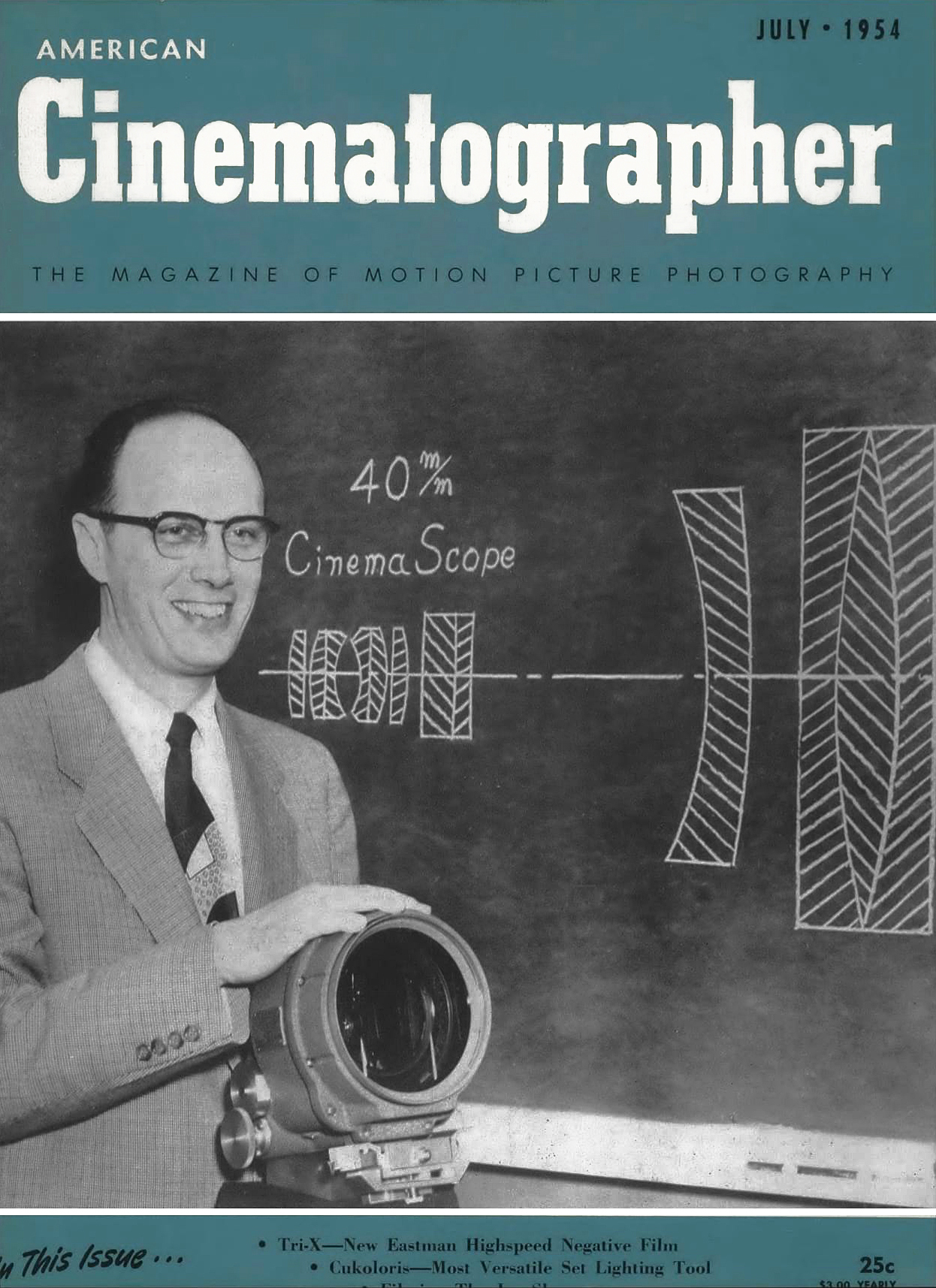 Folsey, George. “Simultaneous Production Shooting in CinemaScope and Wide-Screen.” AC July 1954: 338-39, 360-361, 363.
Folsey, George. “Simultaneous Production Shooting in CinemaScope and Wide-Screen.” AC July 1954: 338-39, 360-361, 363.- Ibid. “Summary of Current Wide Screen Processes.”
- Frederick Foster. “Photography Sharp, Clear, and Incisive.” AC August 1959: 480-81, 504-06
- “TV Films Seek Hollywood’s Top Cinematographers.” AC May 1953: 220, 236-239.
- Leigh Allen. “Filming the ‘I Love Lucy’ Show.” AC January 1952: 22-23, 34-36.

